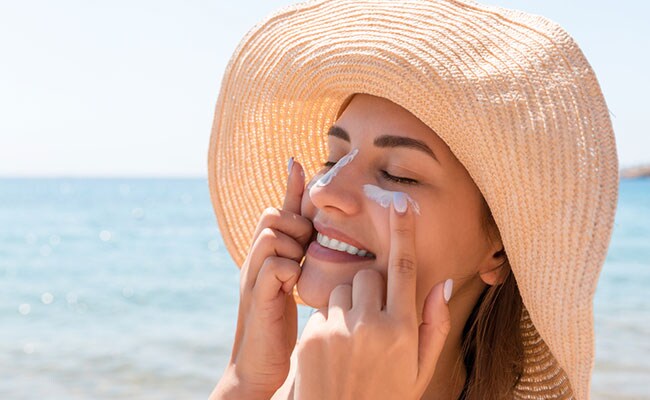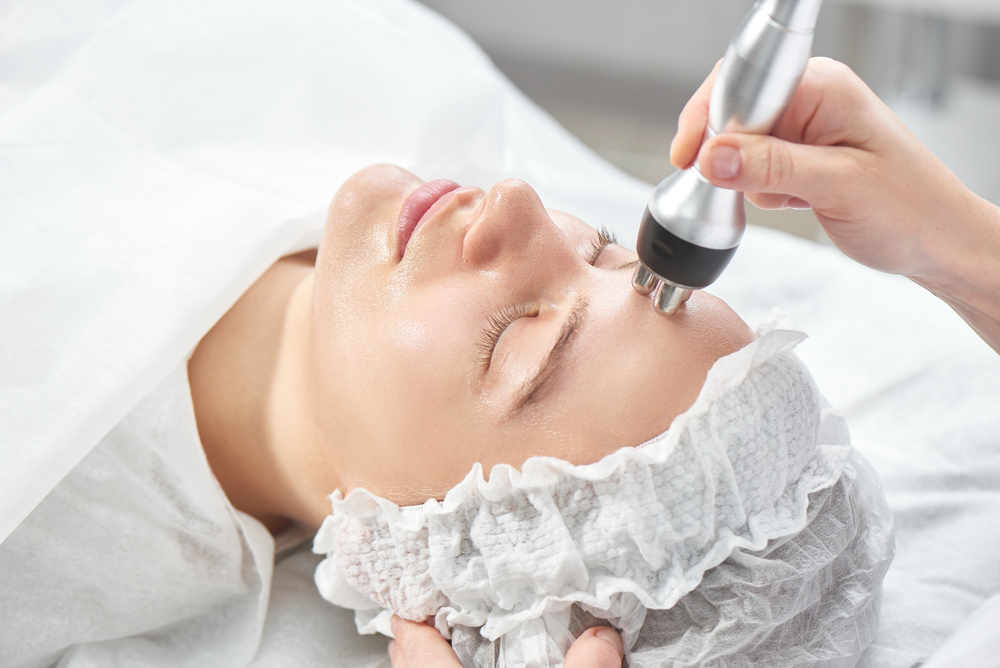The Top Sunscreen Choices for Healthy Skin
Taking care of your skin is essential, especially when it comes to protecting it from the sun’s harmful UV rays. With a wide range of sunscreen options available, it’s important to choose the right one that complements your skin type. Whether your skin is oily, dry, sensitive, or somewhere in between, there’s a sunscreen that can work well for you. Choosing the right one means you can keep your skin safe and feeling good.
According to Dr. De la Fuente, It depends on the type of patient or the patient’s skin, if they are for example patients who have very oily skin the ideal is to use gel sunscreen, if it is for the body preferably spray sunscreen and if they are patients with dry skin, preferably fluid or cream sunscreens, that would be the recommendation, as long as any sunscreen has a factor of 30 SPF and above and preferably covers ultraviolet radiation type A, type B and there are some new formulas that also include infrared light and visible light, which complement the protection even more, especially to prevent dark spots, even the inner light, the white light that can also damage the skin.
Gel Sunscreens for Oily Skin
For individuals with oily skin, gel-based sunscreens are a godsend. These formulations are lightweight, non-comedogenic (meaning they won’t clog pores), and absorb quickly into the skin without leaving a greasy residue. Gel sunscreens are ideal for those who are prone to acne or have oily skin because they provide the necessary sun protection without exacerbating skin oiliness.
Spray Sunscreens for Body Use
Spray sunscreens are perfect for people who are looking for a convenient and quick application, especially for body use. They are easy to apply evenly and are ideal for reaching hard-to-get areas like the back. Spray sunscreens are excellent for outdoor activities where quick reapplication is necessary.
Fluid or Cream Sunscreens for Dry Skin
For those with dry skin, choosing a sunscreen that offers hydration is crucial. Fluid or cream-based sunscreens are enriched with moisturizing ingredients that help nourish and protect the skin barrier. They usually come with added antioxidants and vitamins to support skin health while providing effective sun protection.
Understanding SPF
The Sun Protection Factor (SPF) is a measure of how well a sunscreen can protect skin from UVB rays, the primary cause of sunburn. Higher SPF values provide greater protection, but it’s important to understand that the level of protection doesn’t scale linearly. For example, SPF 30 blocks about 97% of UVB rays, while SPF 50 blocks about 98%. Regular application is key, as all sunscreens can wear off, especially when sweating or swimming.
According to the Skin Cancer Association, the best sunscreen is the one you are most likely to use, so long as it provides safe and effective protection, and is broad spectrum with an SPF 15 or higher.
Application and Reapplication: Maximizing Protection
Proper application involves applying sunscreen generously to all exposed areas of skin, ideally 30 minutes before sun exposure. Reapplication every two hours, or immediately after swimming, sweating, or towel drying, is crucial to maintain effective protection.
In conclusion, sunscreen is a vital tool in the fight against skin damage from UV radiation. Understanding the types of sunscreen, SPF ratings, and the importance of broad-spectrum protection can help you make informed choices to keep your skin healthy and youthful. Matching your sunscreen to your activities and skin type ensures that you can enjoy the sun safely, today and in the future.





